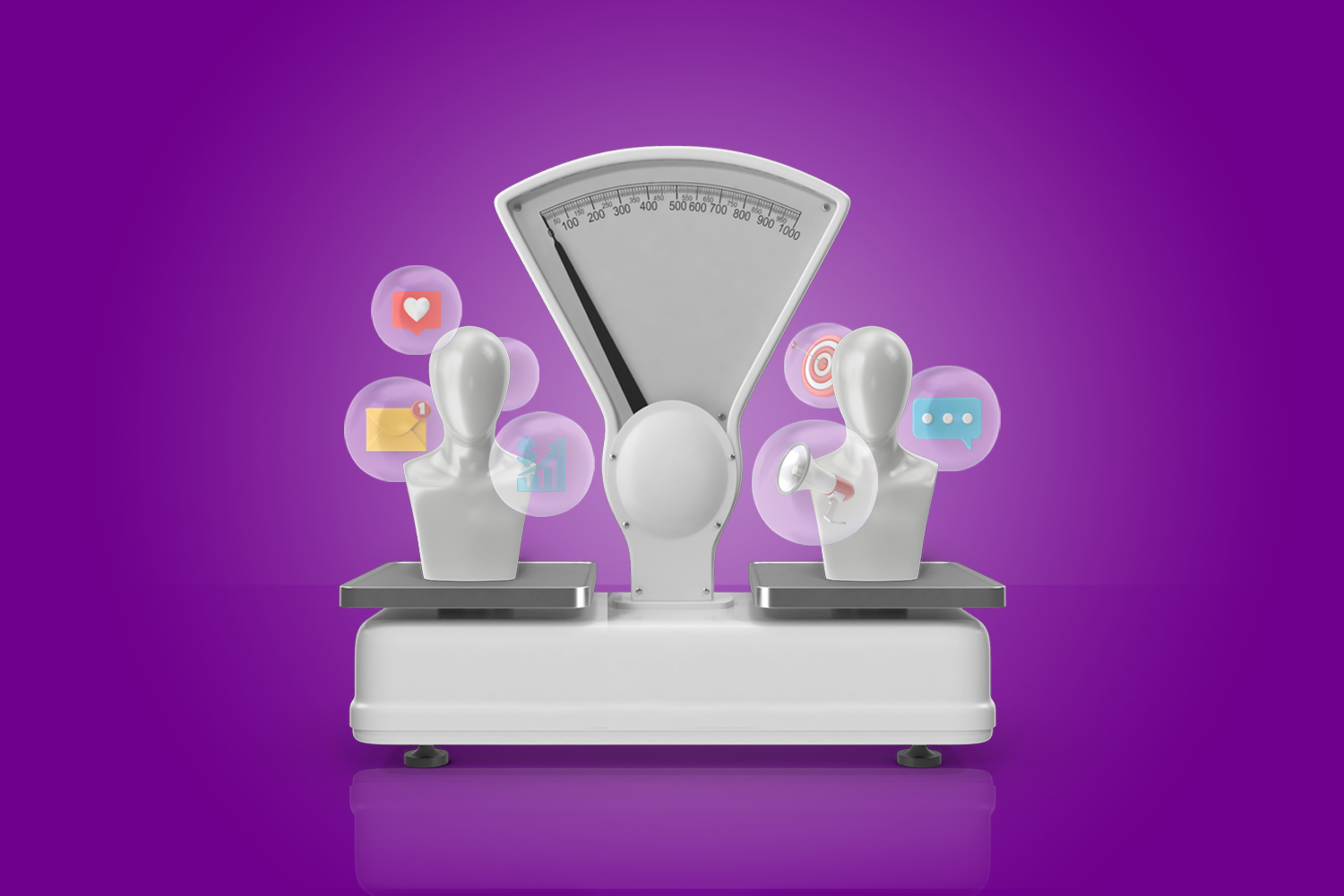As the landscape of B2B marketing continues to evolve and become more sophisticated, traditional approaches are making way for more targeted and personalized strategies. One such strategic approach is Account-Based Marketing (ABM), designed to streamline the B2B marketing process and enhance the effectiveness of marketing efforts.
This blog covers the crucial aspect of measuring success in ABM showcasing how it’s not just the execution, but the meticulous assessment of results that sets successful ABM strategies apart. Let’s embark on this journey of understanding the metrics, tools, and best practices essential for assessing ABM success.
Key Metrics for ABM Success
The journey to successful ABM begins with identifying the right metrics to track. Key metrics for ABM include target account engagement, which measures how involved your target accounts are with your brand; deal velocity, which looks at how quickly deals are moving through your sales pipeline; pipeline creation, which focuses on the number of new potential sales opportunities; and return on investment, to understand the profitability of your ABM efforts. These metrics offer a quantitative way to gauge ABM success and provide insights into the effectiveness of your strategy.
Tools for Measuring ABM
With the growing prominence of ABM, numerous tools have been developed to help marketers measure success. These tools, ranging from CRM systems to advanced analytics platforms, enable the collection, analysis, and interpretation of data on target accounts. The right tools can offer a granular understanding of your ABM performance, guide strategy refinement, and optimize resource allocation for maximum impact.
Best Practices for ABM Measurement
Before we delve into the specific practices that can optimize your ABM measurement, it’s crucial to recognize that ABM success isn’t defined solely by numbers or statistics. The qualitative aspects—relationship building, personalized communication, and customer satisfaction—are equally vital.
Yet, having a set of best practices for ABM measurement can provide a systematic way to track progress, pinpoint areas of improvement, and ensure your strategy aligns with your business objectives. Here are five key best practices for measuring your ABM success:
- Align Sales and Marketing: In ABM, sales and marketing teams need to work together closely. Make sure both teams are on the same page with target accounts, goals, and measurement metrics.
- Quality Over Quantity: Instead of focusing on generating a high volume of leads, prioritize high-quality interactions with your target accounts. This can lead to more meaningful engagement and better conversion rates.
- Long-term View: ABM is a long-term strategy. It may take time to nurture relationships and see significant results. Be patient and focus on long-term growth.
- Test, Learn, and Adapt: ABM is not a set-and-forget strategy. Continuously test different approaches, learn from the outcomes, and adapt your strategy based on these insights.
- Measure Account Engagement: Account engagement is a crucial metric in ABM. Pay attention to how your target accounts are interacting with your content and brand.
Takeaway
Measuring success is more than a crucial component of an effective ABM strategy; it is the linchpin that holds all your efforts together. It’s not just about implementing tactics; it’s about tracking progress, gleaning valuable insights, and using them to make informed, data-driven decisions. This constant cycle of analysis, adjustment, and improvement is what makes ABM dynamic and adaptive.
Remember, ABM isn’t a sprint, but a marathon. It’s about cultivating sustainable business growth, driven by a deep understanding of your target accounts and fueled by effective communication and ongoing engagement. So keep measuring, keep learning, and keep innovating, and you’ll be well on your way to ABM success.
